Last updated on April 26, 2024
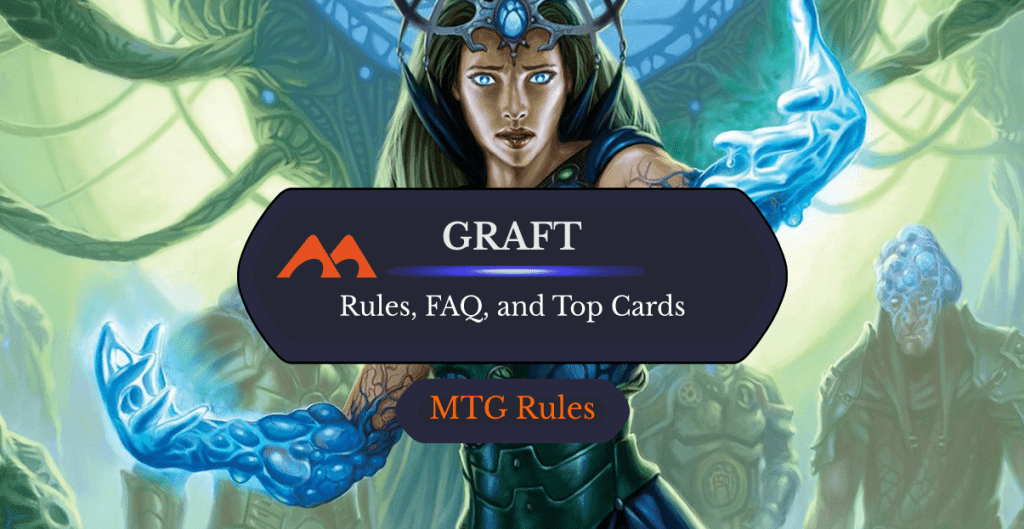
Cytoplast Manipulator | Illustration by Dan Scott
Hello Planeswalkers! There are a few definitions for the word graft that could make sense as a mechanic in MTG. Graft can mean a way to get sap from a tree, gain a business advantage through nefarious ways, or transplant living tissue surgically. All of those could fit into the lore and playstyle of MTG, but the graft we’re talking about today focuses on the transfer of living tissues.
With the graft mechanic your pumped-up creatures will be able to transfer some of their power and toughness onto other creatures. This’ll happen in the form of moving +1/+1 counters between your creatures. Seeing as counters are always a popular playstyle, why don’t we take a look at the best graft cards and how they can help your builds?
How Does Graft Work?
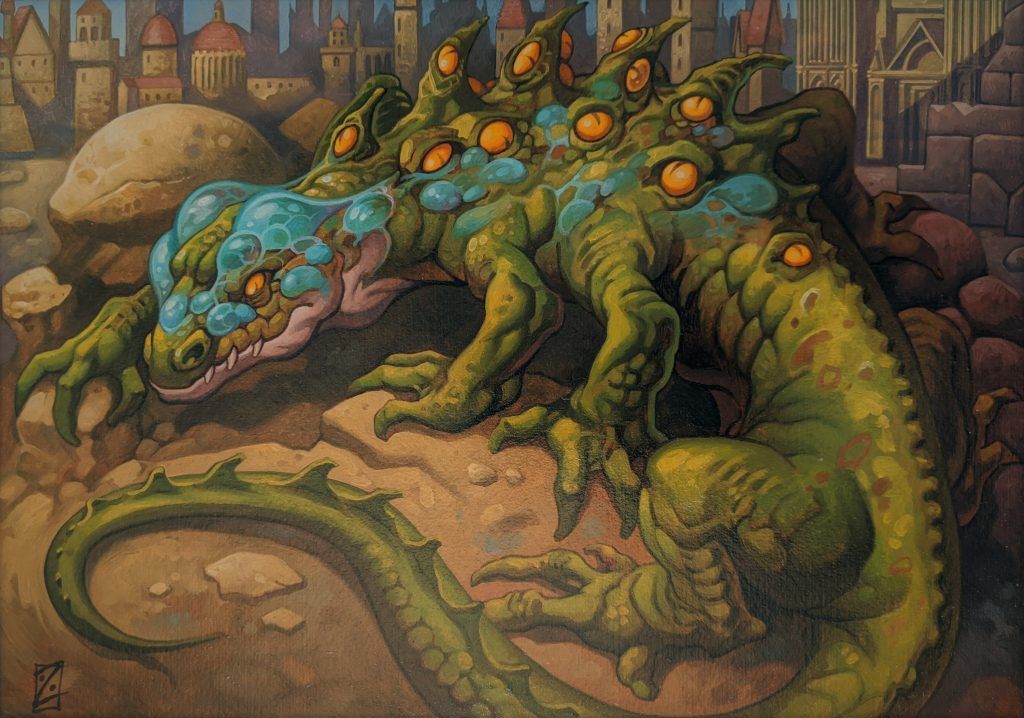
Simic Basilisk | Illustration by Luca Zontini
Graft is a keyword ability that allows a permanent to move a +1/+1 counter onto a creature that has just entered the battlefield. The permanent with graft N enters the battlefield with N +1/+1 counters and whenever any other creature enters the battlefield, graft triggers and you may move a +1/+1 counter onto the newly entered creature. Graft is part static ability (counters given to the graft creature when it enters) and part triggered ability (whenever a different creature ETBs). Graft triggers are placed on the stack, and multiple instances or triggers will be resolved one at a time.
There are many interesting and tricky interactions when dealing with the graft mechanic. The main interactions you need to know are: You can move the counter onto any creature, not just your own. If a graft creature loses their counters before the trigger resolves, then the counter will not be moved. And, you can only move +1/+1 counters, no other counters can be moved with graft. If you need more help with dealing with and moving counters, make sure to check out our Move Counters and +1/+1 Counters articles.
The History of Graft in MTG

Llanowar Reborn | Illustration by Philip Straub
The graft mechanic was released in 2006’s Dissension set. The mechanic is only in the Simic () colors and all of the cards except Llanowar Reborn are creatures. Llanowar Reborn is also unique because, outside of reprints, it’s the only graft card that was released in a different set, Future Sight. Graft didn’t become an evergreen keyword and didn’t gain enough popularity to be used in following sets. As a result, there are only 13 original cards with the graft keyword printed on them.
Does Graft Target?
No, graft does not target. It doesn’t use the word “target” and it can move a counter onto a creature that ETBs without targeting that creature.
Is Graft a Triggered Ability?
Graft is both a static and a triggered ability. The static ability refers to the counters a graft permanent receives when it enters the battlefield. The ability to move counters onto another creature is a triggered ability. The trigger is placed on the stack and can be interacted with by instants and instant-speed abilities.
What if There Are No Counters Left?
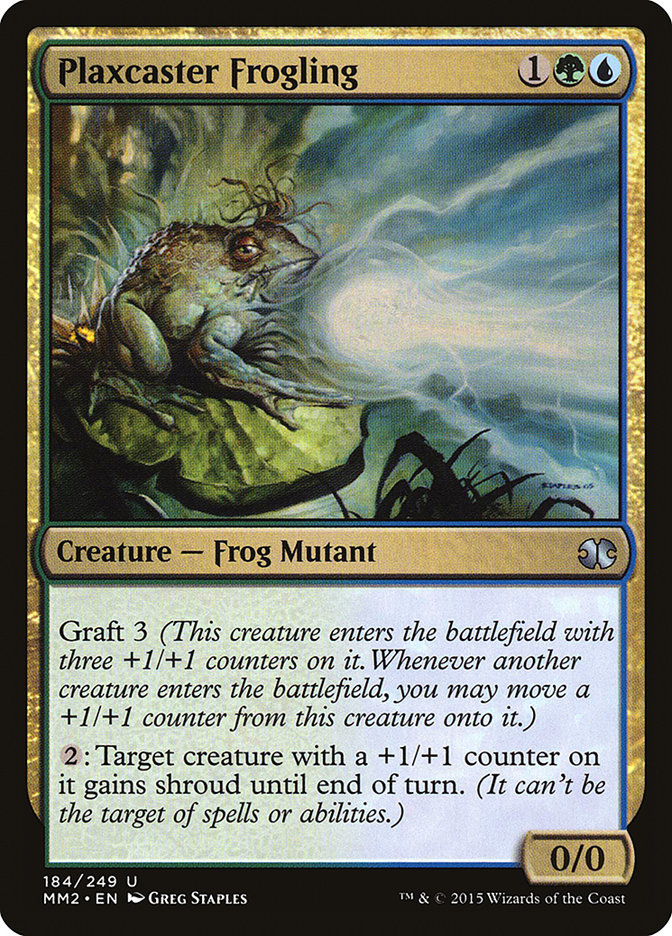
If there are no +1/+1 counters on the graft creature then it can’t move any counters onto another creature. All of the graft creatures are 0/0 without the counters, so they’ll usually die without any counters unless you have a way to boost their toughness. This can also be a way to defend against graft creatures. The graft trigger is placed on the stack, so if you can remove the counters from the graft creature then there are no counters there to move when the ability resolves.
Can You Move Counters to a Creature With Protection?
Yes, you can move counters to a creature with protection. Because the graft trigger doesn’t target, you may move the counters around even if the receiving creature has some sort of protection from the graft creature.
Gallery and List of Graft Cards
- Llanowar Reborn
- Plaxcaster Frogling
- Simic Initiate
- Cytoplast Root-Kin
- Aquastrand Spider
- Vigean Graftmage
- Novijen Sages
- Helium Squirter
- Vigean Hydropon
- Sporeback Troll
- Simic Basilisk
- Cytospawn Shambler
- Cytoplast Manipulator
Best Graft Cards
#5. Helium Squirter

I wavered a bit on whether I should include Helium Squirter in the best graft cards, but I think it has its value. For the low and repeatable cost of 1 mana, you can give your creatures with +1/+1 counters flying. This is great for aggressive counter-based decks.
#4. Vigean Graftmage
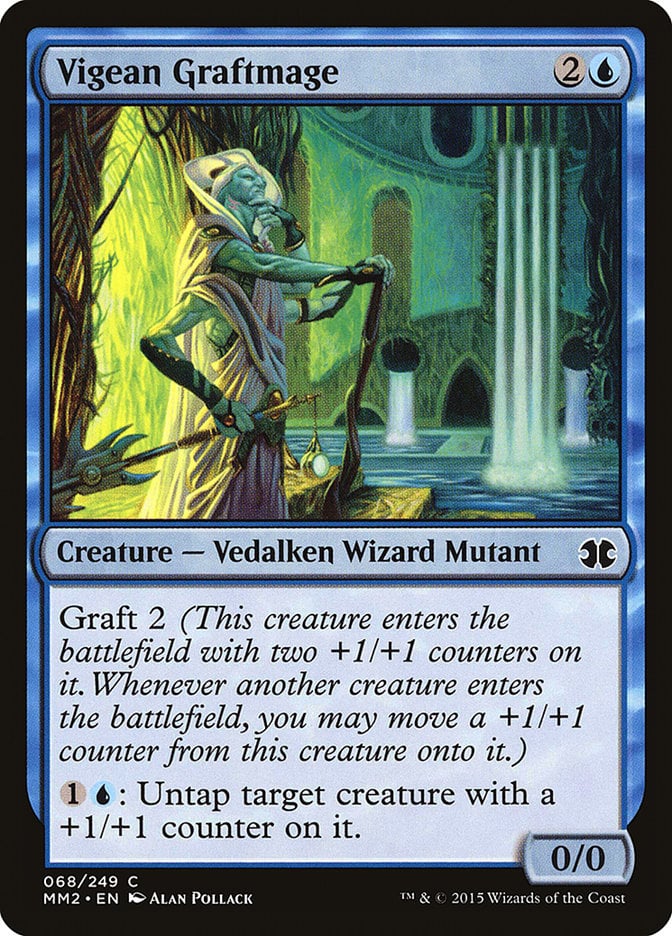
Vigean Graftmage is a versatile support card for your counter-based decks. It can ensure you have blockers while still being aggressive, or untap your creatures that have great tap abilities. Vigean Graftmage is far from a flashy card, but having reliable and useful support cards will win you many more games than all-or-nothing kinds of decks.
#3. Cytoplast Manipulator
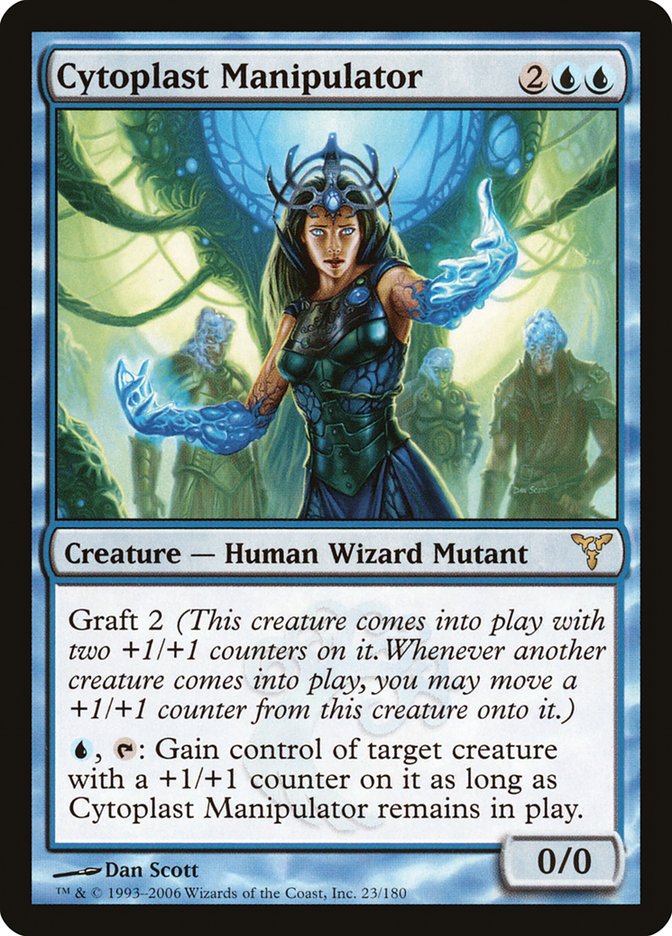
Cytoplast Manipulator is an interesting use of the rulings surrounding the graft mechanic. With graft, you can move a +1/+1 counter onto any creature that ETBs. If your opponent plays a big baddie you like you can give them a counter as they ETB and take them for your own with Cytoplast Manipulator’s activated ability.
#2. Plaxcaster Frogling

Plaxcaster Frogling is a wonderful protection card for Simic builds. In Simic, you often want to protect creatures that you’ve invested so many counters and abilities on. This little frogling can repeatedly and efficiently protect your creatures from targeting spells or abilities.
#1. Llanowar Reborn

Llanowar Reborn is the only land with graft and can be ultra-useful in many counter-based decks. You need lands, but it’s a huge advantage to gain more than just mana from your lands. Not only can you give just one creature an extra +1/+1 counter on ETB, but using keywords like proliferate can allow you to give many counters from this land. This advantage can be key for Simic, Golgari (), and any other +1/+1 counter decks.
Decklist: Modern Simic Graft

Plaxcaster Frogling | Illustration by Greg Staples
Creatures (29)
Coiling Oracle x3
Thrummingbird x3
Plaxcaster Frogling x4
Vigean Graftmage x2
Managorger Hydra x3
Cytoplast Manipulator x3
Assault Zeppelid x4
Fungal Behemoth x3
Helium Squirter x2
Triskelion x2
Instants (7)
Mirrorweave x2
Inspiring Call x2
Experimental Augury x3
Lands (24)
Island x5
Forest x5
Llanowar Reborn x3
Oran-Rief, the Vastwood x3
Hinterland Harbor x4
Drannith Ruins x2
Restless Vinestalk x2
This Modern deck will focus on building creatures with +1/+1 counters and protecting them from your opponent’s removal. I like the ability to adapt and change my strategy as needed. This deck allows you to go stompy, ping, and board wipe depending on what you need at any given moment. With some elusive and protected creatures you’re sure to do plenty of damage, and if you can’t evade your opponent’s creatures take them with Cytoplast Manipulator.
Conclusion

Vigean Graftmage | Illustration by Alan Pollack
That’ll do it for me on this one. There are so many keywords and mechanics in MTG and that’s what makes this game so fun: all the possibilities. Graft’s one of those obscure keywords that you learn about if you’re building a counter-based Simic deck. It’s a fun keyword in my opinion and even if we don’t see it reused often it should be used in certain builds.
If you enjoyed this article make sure to check out all the wonderful content Draftsim provides. Go check out more articles on Draftsim, follow us on Twitter or whatever it’s called these days, and join the official Discord to join in the conversation. Stay safe and party on Garth.
Follow Draftsim for awesome articles and set updates: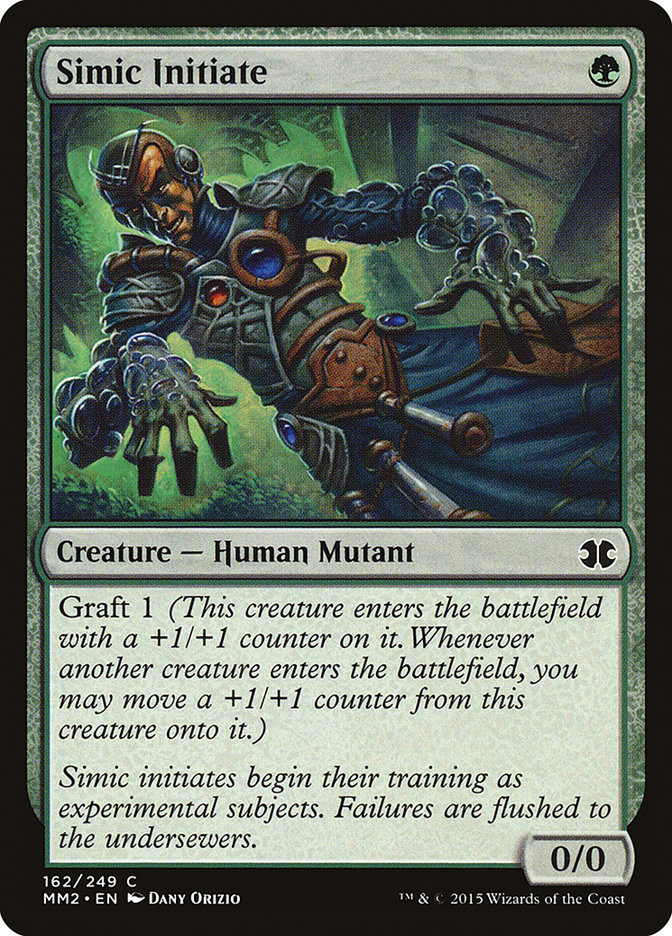
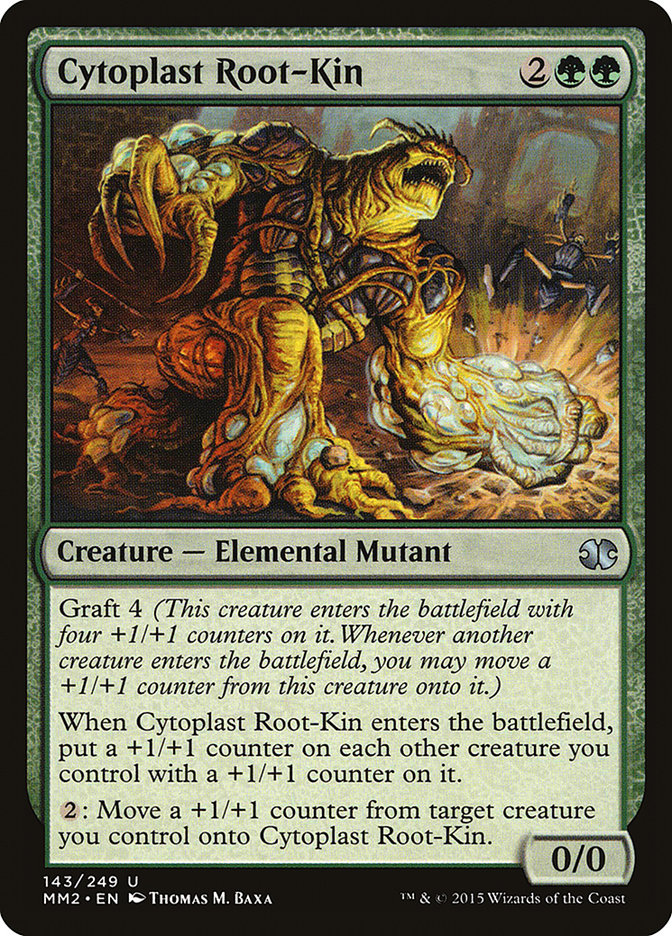
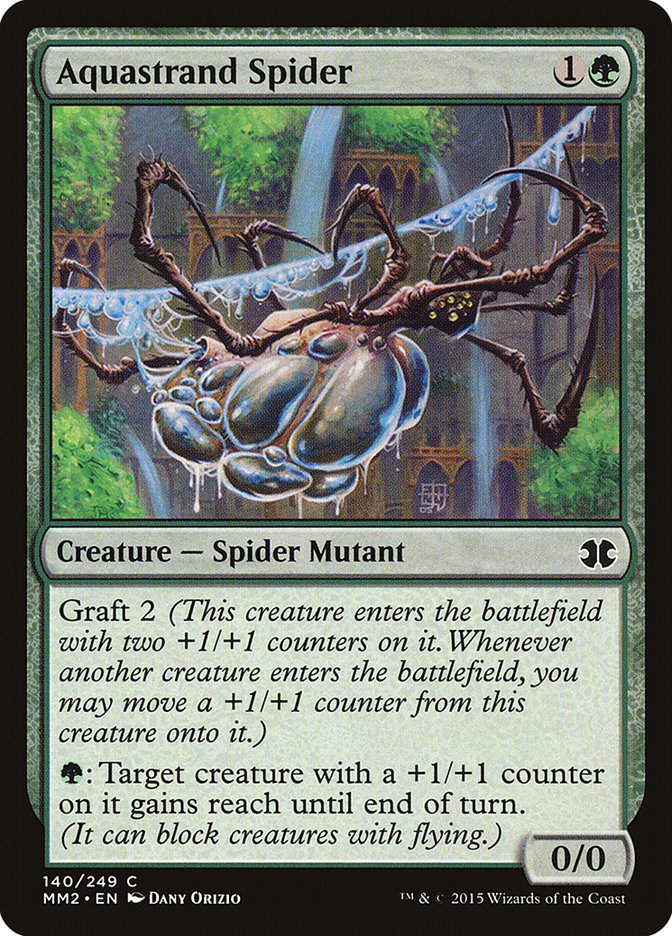
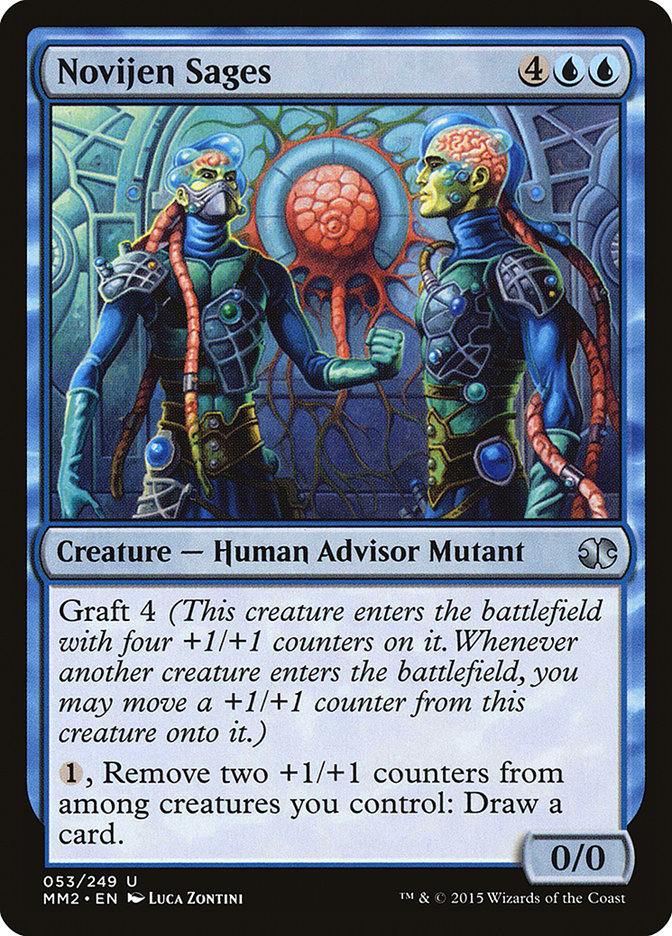
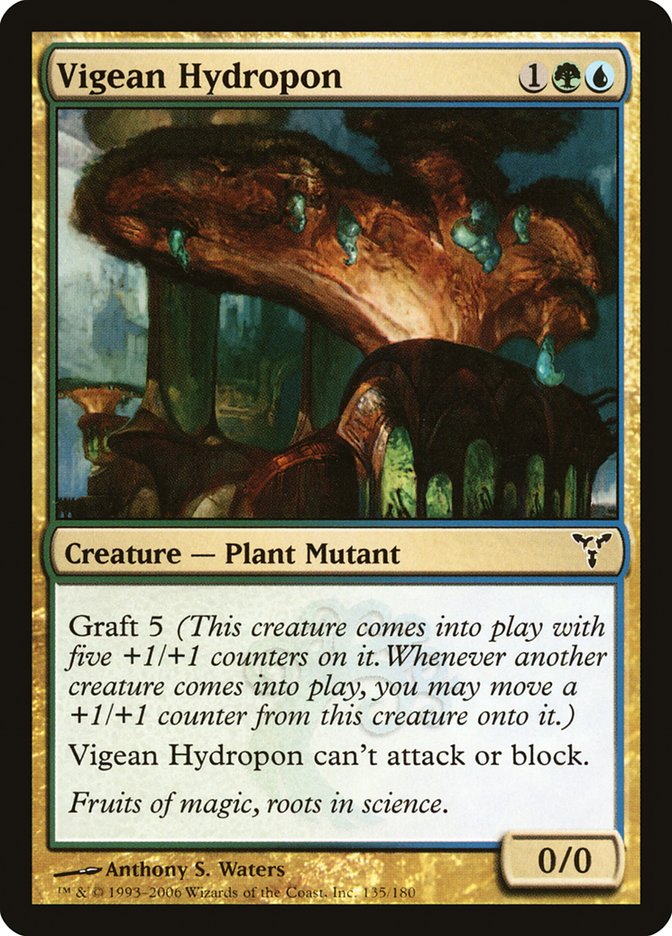

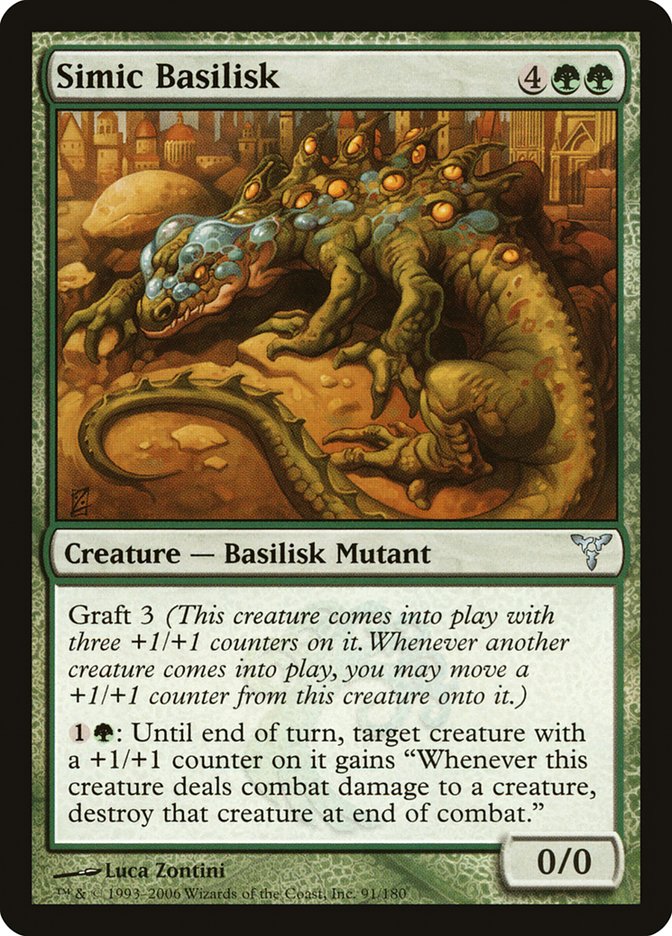
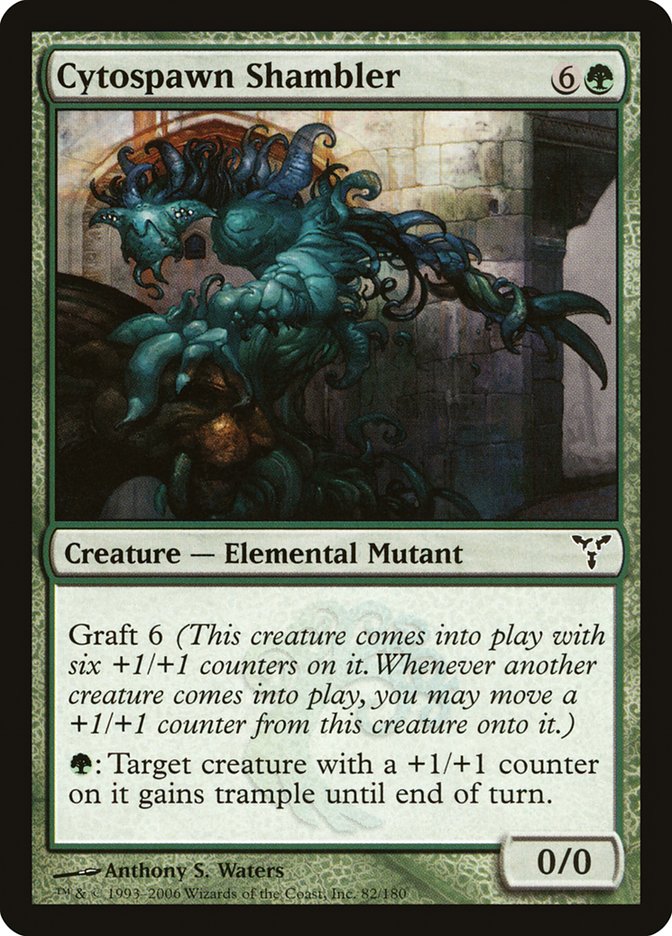


Add Comment